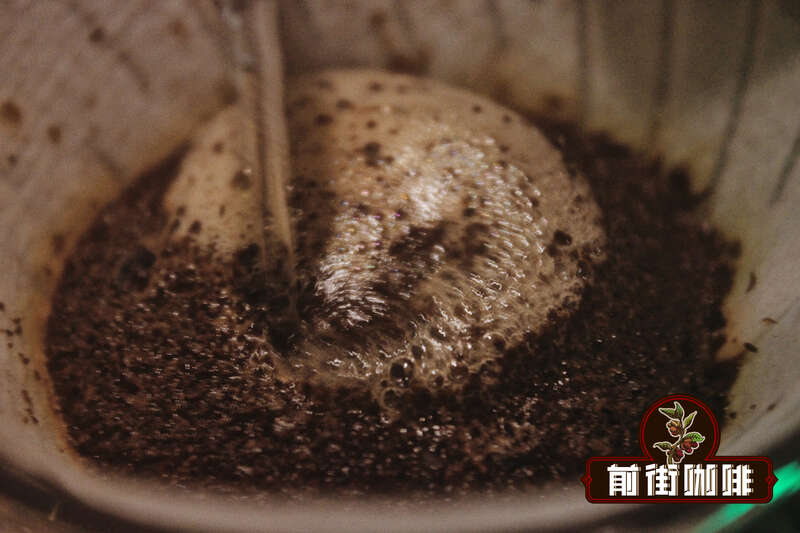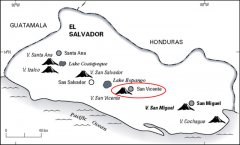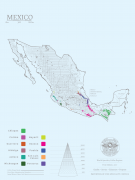Introduction and Flavor of El Salvador Tecapa-Chinameca and Cacahuatique Coffee producing areas
Tecapa-Chinameca mountain area
The Tecapa-Chinameca Mountains, the third largest coffee producing area in El Salvador, is located between the city of San Miguel, the Lempa River and the Grande River, with slopes to the north to the central valley area and slow descent to the south to the coastal area. Coffee in this area is served with tacos made of salt, sugar or a little sugar (locally known as tustacas).
■ altitude: 500m-2150m
■ production season: October to March
■ varieties: 70% bourbon, 22% Pacas, 8% mixed with other varieties
■ flavor: very diverse taste, coffee concentration, aroma, acidity and sweetness have an excellent balance, with chocolate, ripe fruit flavor, and cantaloupe, apple, grape sweetness

Cacahuatique mountain area
The Cacahuatique Mountains are located in the east of downtown Barrios, 500-1650 meters above sea level, between the provinces of San Miguel and Moraz á, from the Torola River Valley, a mountain along the Honduran border in the north, in the Torola River Valley to the south and to the city of San Francisco Gotera to the east.
■ altitude: 500-1650m
■ production season: October to March
■ varieties: 65% bourbon, 20% Pacas, 15% mixed with other varieties
■ flavor: with fine fruit juice flavor, excellent taste, strong coffee and almond flavor
Important Notice :
前街咖啡 FrontStreet Coffee has moved to new addredd:
FrontStreet Coffee Address: 315,Donghua East Road,GuangZhou
Tel:020 38364473
- Prev

Introduction to the characteristics and Flavor of Chichotepec Volcano Coffee producing area in El Salvador
The Chichotepec Volcano Chichotepec Volcano (Volcn de San Vicente) district is located in the city of Sao Vincent in the central part of El Salvador. In the 1880s, the local production was no more than 50 bags, but this volcanic area is rich in soil and is now home to many coffee plantations. Traditionally grow a row of coffee trees and a row of orange trees to cover coffee.
- Next

Introduction to Mexican Coffee what are the main producing areas of Mexican coffee? How's the Mexican coffee?
The history of coffee in Mexico, like most of Central America, was first grown in Mexico in the early colonial era (most likely in the late 18th century). As people paid more attention to the region's rich mineral resources and mining, coffee really developed into an industry, and when small farmers opened it after the Mexican Revolution in 1920.
Related
- Beginners will see the "Coffee pull flower" guide!
- What is the difference between ice blog purified milk and ordinary milk coffee?
- Why is the Philippines the largest producer of crops in Liberia?
- For coffee extraction, should the fine powder be retained?
- How does extracted espresso fill pressed powder? How much strength does it take to press the powder?
- How to make jasmine cold extract coffee? Is the jasmine + latte good?
- Will this little toy really make the coffee taste better? How does Lily Drip affect coffee extraction?
- Will the action of slapping the filter cup also affect coffee extraction?
- What's the difference between powder-to-water ratio and powder-to-liquid ratio?
- What is the Ethiopian local species? What does it have to do with Heirloom native species?

